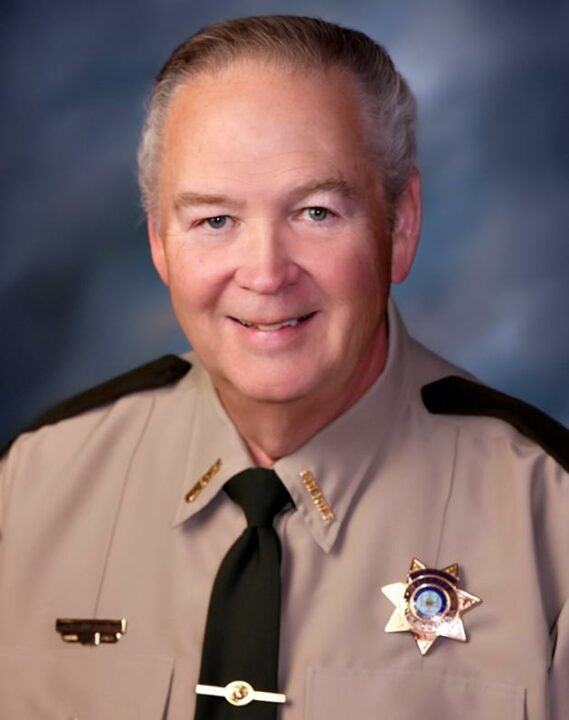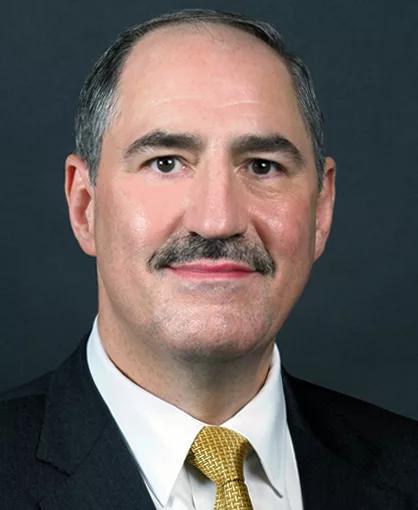Closer Ties: Private Security and Public Safety Need Interoperable Communications
Expert panel will discuss interoperability at 2019 Security 500 Conference


On October 1, 2017 a lone gunman fired down from the 32nd floor of the Mandalay Bay Hotel in Las Vegas, killings dozens of people attending a country music festival.
The first responder on the scene was a private security guard called to respond to suspicious activity in the shooter’s room. He was shot in the leg, and while he was able to notify hotel security via radio, he had no means to directly contact public safety. “As a consequence, a lot of people died that didn’t have to die,” said Tom M. Conley, president and CEO of Des Moines-based security consultancy The Conley Group.
He’s one of a growing number of security professionals calling for closer ties between private security and public safety. As security guards become more highly professionalized, they say, public safety professionals could leverage their on-scene awareness as a vital force multiplier, if interoperable communications were more readily available. (The topic is slated to be discussed at the upcoming Security 500 conference, Nov. 18 at the Ritz Carlton Pentagon City, Arlington, Va.)
The Case for Communication
After-Action Reports published by FEMA and the Clark County Fire Department and Las Vegas police cite numerous missteps in the Mandal Bay response, and make a broad range of recommendations for the future. Yet these reports do not address what some in security consider to be a crucial gap: The lack of ready comms between private security and the public side.
In the past, public safety may have shied away from including security guards in the comms strategy, on the grounds that those guards were not sufficiently trained to be effective partners in an emergency.
“The law enforcement officer is someone we’ve hired. We know how they are going to react,” said Bill McCarthy, a former Des Moines police chief and retired Polk County Sheriff, who now advocates for greater interoperability. With increasing proficiency among security professionals, those old worries are less of a concern, he said.
“We have security today that is very well trained, they are professional in their approach. They could bring eyes and ears, and a degree of expertise in capturing the relevant information,” McCarthy said. “When you deal with a citizen on a 911 call, the operator has to go through a litany of important facts to get to what they need. With trained private security you don’t have to do that. They know what’s important.”
In fact, that increased level of professionalism makes it imperative that public safety bring security into the communications loop. After all, many security professionals today are armed, a situation that virtually demands a higher level of interaction. “Now you have two elements of armed people responding to the same incident,” Conley said. “Clearly it makes sense for them to be able to talk to each other. Communications deconflicts potential problems in a joint response.”
A joint communications plan would likewise fall in line with growing trends toward public-private partnerships in the security arena. “If I am law enforcement, my private-sector partners can help in an emergency or crisis situation,” Conley said. “Take a chemical plant. The fire chief needs someone from that chemical plant in the front seat of their car because they can tell him where the bad stuff is. Security brings invaluable institutional knowledge to public safety.”
Toward Interoperability
In order to create an interoperable comms environment between security and public safety, changes would have to be made on both sides.
The security industry could earn a seat at the table by hiring high-caliber individuals and giving them adequate support and training.
“People may hire low-wage security that don’t have the capabilities to be an effective first responder. They don’t invest in a quality person who can have a meaningful response capability in working with public safety,” Conley said. When the security guard lacks a working familiarity with such basic apparatus as the National Incident Management System, “no one is going to take them seriously, because they can’t help.”
On the public safety side, officials looking to deepen their engagement with private security can start by opening a dialog.
“There is a gap that needs to be bridged,” McCarthy said. “We do that through joint training, we do that by getting in the room and talking to each other. When each side can talk openly about the issues they confront, you start to see that in many ways they are not that different. Then we can talk about how we can help each other.”
Once both sides recognize the potential mutual benefit, there may still be technical hurdles to overcome. In addition to their discipline-specific radio frequencies, emergency agencies typically share a common channel that they can use in case of emergency. Private security may need to upgrade its equipment in order to utilize that channel, once public officials have granted them access.
All this is worth the effort, Conley said, if it leads to improved public safety outcomes.
“In the United States there are about 600,000 police officers and there are between 1 and 2 million private security officers,” he said. “If something happens the way it did at Mandalay Bay, the security person is going to be the first responder because they are actually on site. They can give accurate intelligence to public safety. If public safety is going to go down a hallway, you want them to know what direction the shots are coming from.”
Looking for a reprint of this article?
From high-res PDFs to custom plaques, order your copy today!



